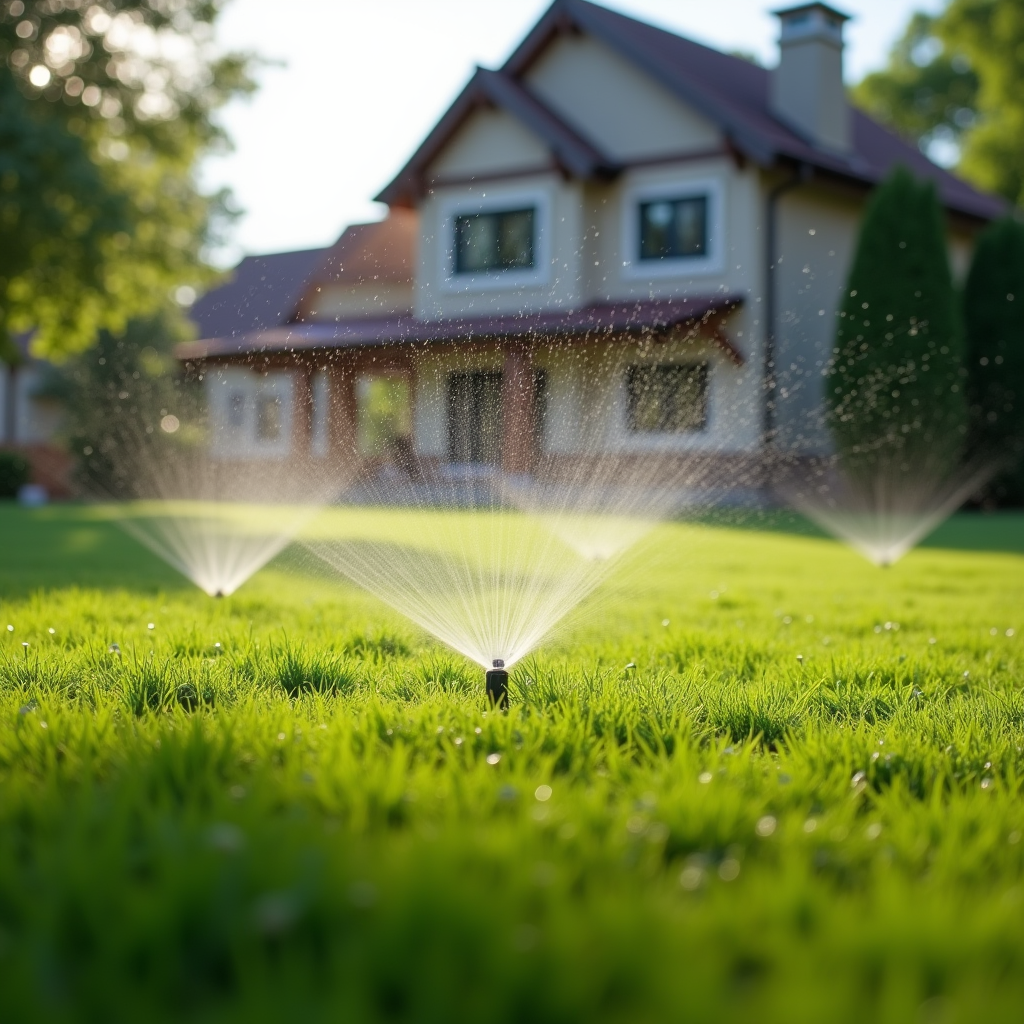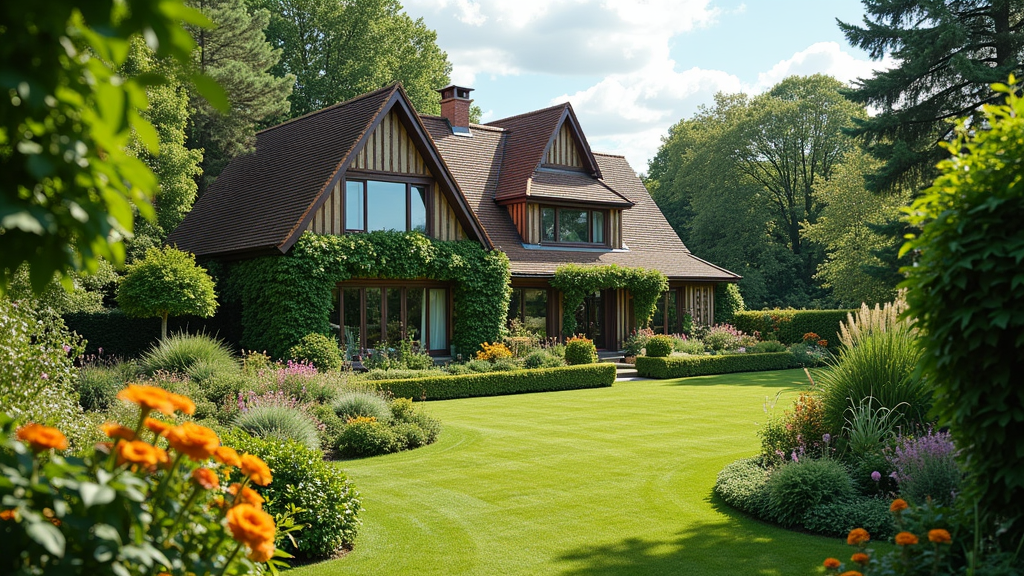Introduction
Lighting plays a pivotal role in enhancing the beauty and functionality of outdoor spaces. Whether it's illuminating pathways, highlighting architectural features, or creating an enchanting ambiance for evening gatherings, landscape lighting is essential. In recent years, LED technology has revolutionized the world of outdoor lighting, offering energy efficiency, longevity, and versatility that traditional lighting solutions simply cannot match.
In this article, we will explore How to Use LED Technology for Efficient Landscape Lighting in-depth. We'll cover everything from choosing the right fixtures to understanding installation techniques and maintenance tips. By the end of this guide, you'll have a comprehensive understanding of how to transform your outdoor space with effective LED landscape lights.
Understanding Landscape Lighting
What is Landscape Lighting?
Landscape lighting refers to the strategic placement of lights in outdoor areas to enhance aesthetics and increase safety. This type of lighting can include pathway lights, spotlights for trees or statues, deck lights, and more.
Why is Landscape Lighting Important?
The importance of landscape lighting lies not only in its aesthetic appeal but also in its practical benefits:
- Safety: Proper lighting illuminates pathways and steps. Security: Well-lit areas deter intruders. Aesthetic Value: It highlights the architectural features and landscaping.
Key Elements of Effective Outdoor Lighting
When designing a landscape lighting system, consider these key elements:
Functionality: Ensure lights serve a purpose—whether it's for safety or decoration. Style: Choose fixtures that complement your home's architecture. Brightness: Balance brightness levels; too much light can be harsh while too little can be ineffective.The Benefits of Using LED Technology
Energy Efficiency
LEDs are known for their energy efficiency compared to traditional incandescent bulbs. They consume up to 80% less electricity while providing the same amount of light output.
Longevity
One of the standout features of LEDs is their lifespan—often lasting up to 25 times longer than incandescent bulbs! This means fewer replacements and lower maintenance costs over time.
Environmental Impact
Using LED technology reduces carbon footprints due to lower energy consumption and reduced waste from discarded bulbs.
Versatility
LEDs come in various colors and styles, making them suitable for any design theme—from contemporary to traditional.
How LEDs Compare to Traditional Lighting
| Feature | LED Lights | Incandescent Lights | |-------------------|-----------------------|----------------------| | Energy Consumption | Low | High | | Lifespan | 15-25 years | 1 year | | Heat Emission | Minimal | Significant | | Cost | Higher initial cost | Lower initial cost |
How to Use LED Technology for Efficient Landscape Lighting
Choosing the Right LED Fixtures
Types of LED Landscape Lights
Pathway Lights: Ideal for illuminating walkways. Spotlights: Great for accentuating trees or sculptures. Flood Lights: Useful for wide area coverage. String Lights: Perfect for festive occasions or soft illumination.Factors to Consider
- Lumens: Measure brightness; choose according to the purpose. Color Temperature: Ranges from warm white (3000K) to daylight (6000K). Warmer tones create a cozy atmosphere while cooler tones are more energizing.
Planning Your Landscape Lighting Layout
Assessing Your Space
Before you begin installing lights, assess your yard's layout:
- Identify focal points like trees or water features. Map out pathways that require illumination.
Creating Zones
Divide your landscape into specific zones based on usage:
- Social areas (patios) Walking paths Garden beds
Sketching Your Design
Creating a visual layout helps ensure everything is well planned before you purchase fixtures.
Installation Tips for LED Landscape Lights
Tools You’ll Need
Wire cutters Drill Screwdriver Leveling tool Measuring tapeThe Installation Process
Mark locations as per your layout sketch. Dig holes if necessary for fixtures anchored in the ground. Run wiring through conduits where applicable. Connect lights according to manufacturer instructions. Test each fixture before finalizing installation.Maintaining Your LED Landscape Lights
Regular Cleaning
Keeping fixtures clean enhances luminosity:
- Remove dirt and debris from fixtures regularly with a damp cloth.
Checking Connections
Periodically inspect connections for any wear or corrosion, ensuring optimal performance.
Enhancing Security with Outdoor Lighting
Strategic Placement
Place lights near entry points like doors and garages but avoid overly bright glare which can hinder visibility.

Motion Sensors
Consider integrating motion sensors with your landscape lights; they provide additional security by illuminating only when movement is detected.
Creating Ambiance with Color Temperature
Warm vs Cool Light Tones
- Warm Light (2700K - 3000K): Creates an inviting atmosphere ideal for social gatherings. Cool Light (4000K - 5000K): Best suited for task-oriented spaces such as patios where visibility is crucial.
Choosing Solar vs Wired LED Options
Solar-Powered LEDs
Pros:
- Easy installation without wiring hassles Eco-friendly power source
Cons:
- Dependent on sunlight exposure; may underperform on cloudy days
Wired LEDs
Pros:
- More consistent power supply leading to brighter illumination
Cons:
- Requires professional installation if extensive wiring is needed
FAQs About LED Landscape Lighting
Q1: How long do LED landscape lights last?
A: Typically between 15 and 25 years depending on usage and quality.
Q2: Are solar-powered LEDs as bright as wired options?
A: Generally no; wired LEDs offer higher brightness levels consistently compared to solar-powered models which depend on sunlight availability.
Q3: Can I install landscape lighting myself?
A: Yes! If you’re comfortable with basic electrical work, DIY installations are feasible but always follow safety guidelines!
Q4: What’s better—warm white or cool white light?
A: It depends on preference; warm white creates a cozy feel whereas cool white offers a more energetic ambiance.
Q5: Is it safe to leave outdoor lights on all night?
A: Yes! LEDs are designed for long-term use; however, consider using timers or sensors if you're concerned about energy consumption.
Q6: How do I choose lumens for my outdoor space?

Conclusion
Incorporating LED technology into your landscape lighting plan offers numerous benefits that extend beyond mere aesthetics—think energy savings and environmental friendliness! As we've explored throughout this article on How to Use LED Technology for Efficient Landscape Lighting, the right planning combined with quality products will elevate your outdoor space beautifully while being kind to http://beckettpmbo885.almoheet-travel.com/the-benefits-of-overseeding-your-existing-lawn both your wallet and Mother Earth! So go ahead—light up those pathways and enjoy evenings spent outdoors under illuminated skies!